Robert Bleidt - Side Interests
So, what do I do when not working? Well, I work pretty hard these days, but I have a few occasional hobbies:
Photography
I’ve taken photographs all my life, initially with 35mm SLRs like the Olympus OM-1 and OM-4. In my youth, I had my own darkroom. In the late 90’s I decided to move up to medium format, purchased some used Hasselblad equipment, and started shooting on color reversal “chrome” film. That was the choice of many professional photographers at the time, since the film is large enough you can easily review or sell your work on a lightbox. The breathtaking image quality of a 6x6 chrome viewed through a good magnifier on a lightbox is only surpassed by the image seen in the Hasselblad’s waist level finder with a good focusing screen.
Of course, this workflow comes with a need for much higher skill. Unlike color negative film, chrome film has a useful dynamic range of about five to six f-stops. With analog film, it takes hours or days to see the image. This means your exposure must be exact, as the image tone cannot really be changed as you would when making a print from a negative. When you take an analog chrome photograph, you have one or perhaps a few bracketed chances to get the exposure right. I learned the zone system of exposure and became proficient with a Sekonic spot meter.
Mostly, I have focused on developing technical skill. The creative aspects of concept, composition, and storytelling are a little more difficult for me as a former engineer than perhaps for those with an artistic background. But I aspire to improving the creative side, and occasionally I get lucky.
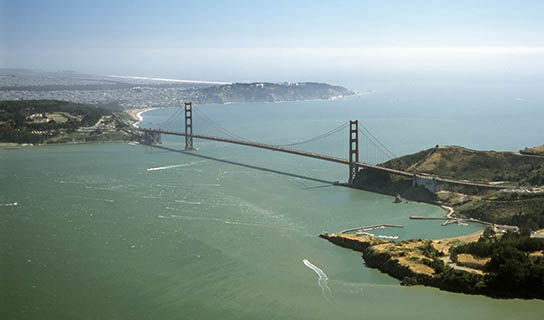
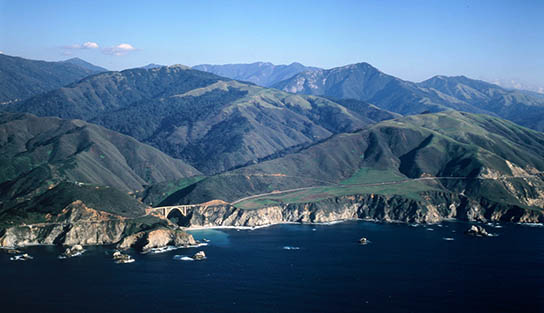
Some aerial photos from the mid 2000’s. These were shot on Fuji RDP III in a Hasselblad 2000 with an 80 mm lens from the side window of a Cessna 172, scanned on an Epson 3200 and edited in Photoshop.
Although I have done some studio photography (I prefer “hot” lights to strobes in most cases), a lot of the work I’m interested in is landscapes. Since I know how to fly, a good portion is aerial landscapes. Today, drones have taken over much of commercial aerial photography since they are useful for real estate and construction work, but they don’t appeal to me. Most of my compositions are at about 1500 feet above the ground, while most drones are limited to 400 feet AGL.
Flying a small aircraft at perhaps 80 knots at 1500 feet AGL means the composition of your image is constantly changing and typically, there are five to ten seconds when it is “right”. Circling around to repeat this process is usually possible, but in congested areas you will upset the air traffic controller if you request this too much. The lighting is set by the sun’s angle and any clouds, so the time of day and year has to be considered. Then, of course, the weather needs to offer excellent visibility, preferably 20-50 miles if the local climate permits it. These are challenges that make a good aerial photograph more difficult than a tourist snapshot from the side window of an airliner.
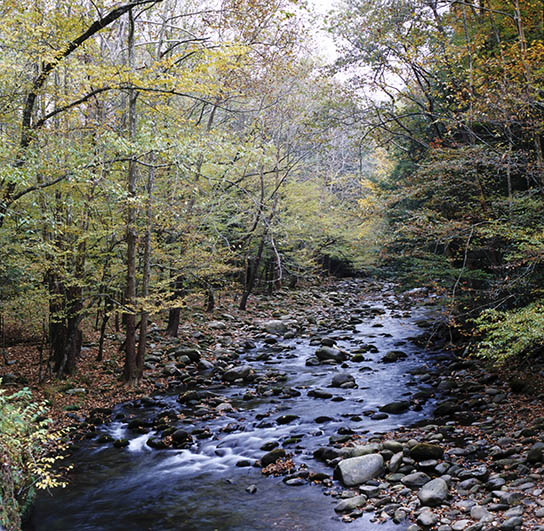
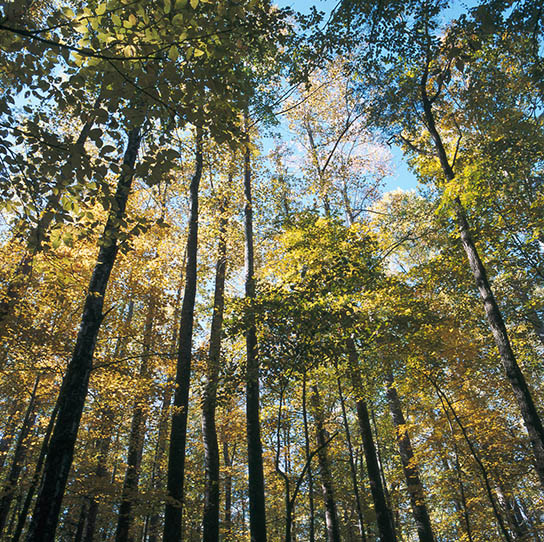
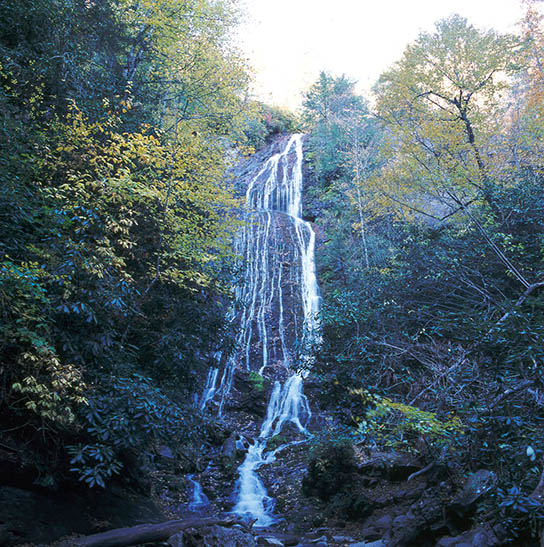
These are some landscape shots from the Smoky Mountains in Tennessee and North Carolina.
With the Zeiss lenses and RDP III film, it’s possible to get useful image detail in the 30-50 line pairs per mm range. For a 6 x 6 cm film image, that is equivalent to a 6K x 6K scanned image and 36 million pixels. One can argue about whether the film grain should be oversampled and the fact that film gives equal resolution to all color components since there is not a Bayer filter as is the case with a digital camera, so perhaps the “pixel equivalent” of analog film is higher. Up until around 2010-2015, that image quality was difficult to obtain with digital cameras, and I used a hybrid workflow, shooting on analog film, scanning it on a Epson scanner or occasionally drum scanner, and outputting on inkjet or the LightJet at a service bureau.
These days, shooting on analog film does not make sense in most cases and my analog equipment has been retired. I have borrowed a 5D we have at work occasionally, and will probably take the plunge into buying a new full-frame DSLR someday.
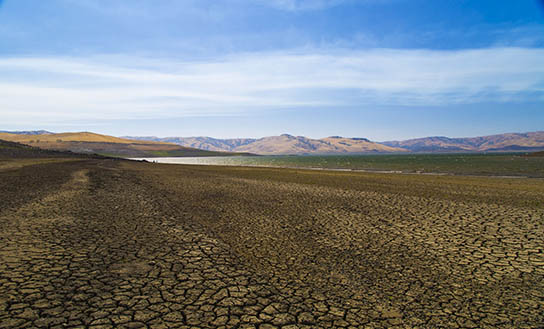
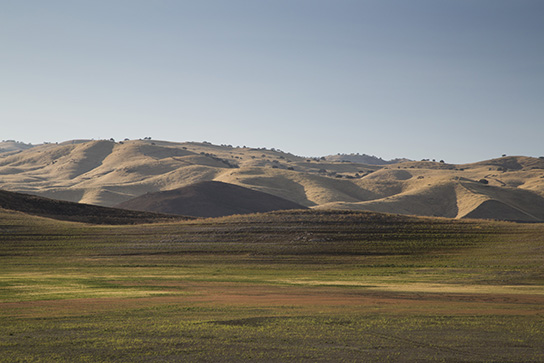
Some landscapes I shot in 2016 at the San Luis Reservoir in California. I had the 5D with me for work, so I stopped and spent an hour or two on this.
Flying
I learned to fly in my late 20’s and flew myself between Atlanta and Princeton for business. Doing this on a schedule really requires an instrument rating and practical planning skills that are different from what you learn on short trips at a flight school.
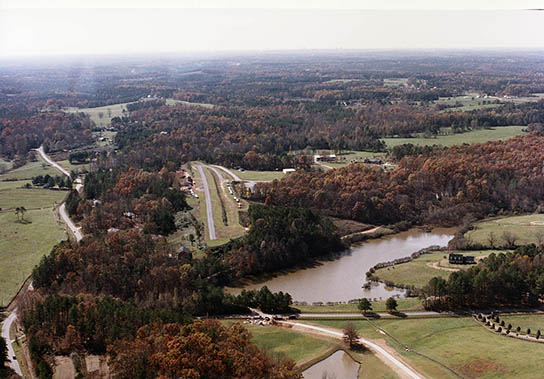
This is the airport I learned to fly at, Mathis in Atlanta. Yes, that unmarked strip of asphalt in the center is the runway, 1500 x 20 ft. The motto among the airport pilots was, “if you can fly here, you can fly anywhere”. I could have gone to a much larger airport (and did for instrument training) but I had a friend with a plane there who introduced me to flying. Actually, the runway is well within the performance limits of any planes I flew, but since most of the time we private pilots use runways intended for business jets, it just feels small.
I’ve flown the Cessna 150, 152, 172, 177 and 177RG, the Piper Warrior and Arrow, and the Grumman Cheetah and Tiger. The Tiger is kind of cool as you get to announce yourself as “Grumman” on the radio and the canopy slides back for easy photography.
I have not had any bad experiences flying. I have had radio failure while flying instruments in clouds, and I have had the controller say “the radar is down, do not make any heading or altitude changes”. There was one close call when I was a student pilot and the instructor and I looked up and saw the wheels of another aircraft maybe 50 feet above us. Is flying a small aircraft more dangerous that driving a car? Probably yes. More than driving a motorcycle on the freeway? No.
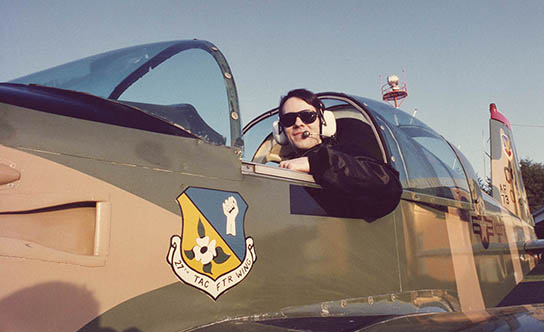
This is me around 1995 in a Grumman Cheetah. Note that I rented this plane, and so the military markings are not mine. For all I know, the old A&P mechanic who owned it may have served in the 27th. I chose this picture since in most small aircraft the wing is above you or the windows don’t open and so they offer poor photo ops.
I have flown up the Hudson below the top of the (old) World Trade Center, and circled the Statue of Liberty. (I have negatives of that flight somewhere, will have to find them.) I’ve also flown along the rim of the Grand Canyon. Those flights would be much more difficult today. The largest airport I’ve landed at is Dulles, when I went to see the national air and space museum.
These days, the closest I get to the cockpit is seat 1A on an airline flight. Too many work responsibilities to stay proficient.
Woodworking and Metalworking
Lately, I’ve been studying woodworking and metalworking and have a small but fairly complete shop at my home. This might seem rather blue-collar stuff, but as a former engineer, these are skills and capabilities I’ve always wanted to learn. The type of work I do is also technically challenging. This is not cutting lumber to frame a house, this is designing, building, and finishing furniture, which is a completely different level and set of skills.
On the metalworking side, I have a small Chinese lathe and milling machine, and I’m pretty good at TIG welding steel. I have ground my own old-school HSS threading tools and cut screw threads on the lathe, but for most work, I use correctly selected carbide inserts. I bought my machines before the trade tariffs on China developed, so they were a cheap entry point to learn on. They also needed a substantial amount of cleaning, tuning, and finishing to make them work. They are marketed as ready-to-use, but really are a kit of parts that might make a machine with the user's labor. In today’s market, I would look to the higher-quality machines from Taiwan. I do not like rust and I don’t have the space for full-size machines like a Bridgeport, so renovating a used machine was not for me.
When I was an engineer (and today for my little side projects), I would always be disappointed by how a lab prototype enclosure would look since I was basically limited to either using a hand drill and file or paying a machine shop. Now I have the luxury of doing a professional job.
The other advantage is if I start a project and leave on a business trip, three or four weeks later, that project will still be setup on the machine right where I left off, ready to be worked on again. There are no software updates, no appointments or schedules, and the wood or metal doesn’t care when I get back to it. Plus, at the end you end up with a tangible, permanent piece of craftsmanship you can admire.
I have designed wood and metal projects both with pencil and paper and as CAD drawings. I’ve used Autocad for decades, replacing it a few years ago with AutoCad’s Fusion 360. Fusion 360 is free for personal or start-up use, and while it has promise for the future, currently, free is what it is worth. Some hobbyists use Sketchup, which has a much easier learning curve, but it has some limitations for engineering work and their business model is too dynamic. I have also played with FreeCad and I’ve done work projects (speaker placement illustrations, scene models for pre-production shot planning) in Blender and WebGL.
Electronics and Software
I still have a lab bench at home, and still dabble with analog circuits and embedded systems. When I was in school, we drew schematics by hand on a drafting board or graph paper. I introduced electronic schematics to my company on my first job, and when I was a consultant, designed my own circuit boards. The problem size of this work has not changed much in the decades since I first picked up a mouse, and many of the same programs are still in the market with only slightly upgraded features. (Note I am speaking of general electronics. When I worked in supercomputing, we would have 30-layer PCBs two feet square, and that’s a very special market indeed.) Today, I recommend KiCad, an open-source program from CERN, the nuclear research lab. It’s not bad for a free program.
Note that I did not design circuit boards because I liked it. Sometimes you need to do this for project speed if you don’t have a designer available. In my case, I was doing broadband mixed-signal design. In that case, you either have to sit next to a designer and tell him exactly how to route each critical trace, or learn how to do it yourself.
I also do some work on the software side, mostly applications programs in Perl for Linux. Perl is something I learned years ago, and at the time a big strength was the libraries available on CPAN. Today, I recommend Python instead. At work, Matlab is very popular given the type of work our engineers do. I prefer Octave, and have written a few testing programs in it, such as a Farina sweep, etc. My first HLL was C, and on my Streamcrest site, you can see a video test signal generator I wrote in C. Of course, I started my career using assembly for the 8088 and first-generation DSP's like the TMS32010 and DSP16. I would not do that today unless there is a really good reason. C on an ARM today is quite competitive in many cases to a DSP in terms of total system cost/performance.
I design the occasional specialized testing website for work, as well as this site. I registered hdtv.com and launched my first website about 1995. If you look through my old sites linked here, you can see the progression from a table layout site to a CSS driven site, to this site, which is responsive and mobile-first. You will note this site uses compressed, static, single-file pages where possible - this is what you need on mobile networks where the latency makes file requests costly. For small single-user vanity sites like this one, I’m not a big fan of a CMS. My workflow is typically Template-Toolkit, cleancss, html-minifier. I also have ported the W3C HTML verifier to a site monitor program I have running on a SBC to send site down alerts. I also use pngout and cjpeg sometimes for commercial sites. (But not here on real photographs)
Also, you might find my old personal projects pages from 2000-2010 interesting.